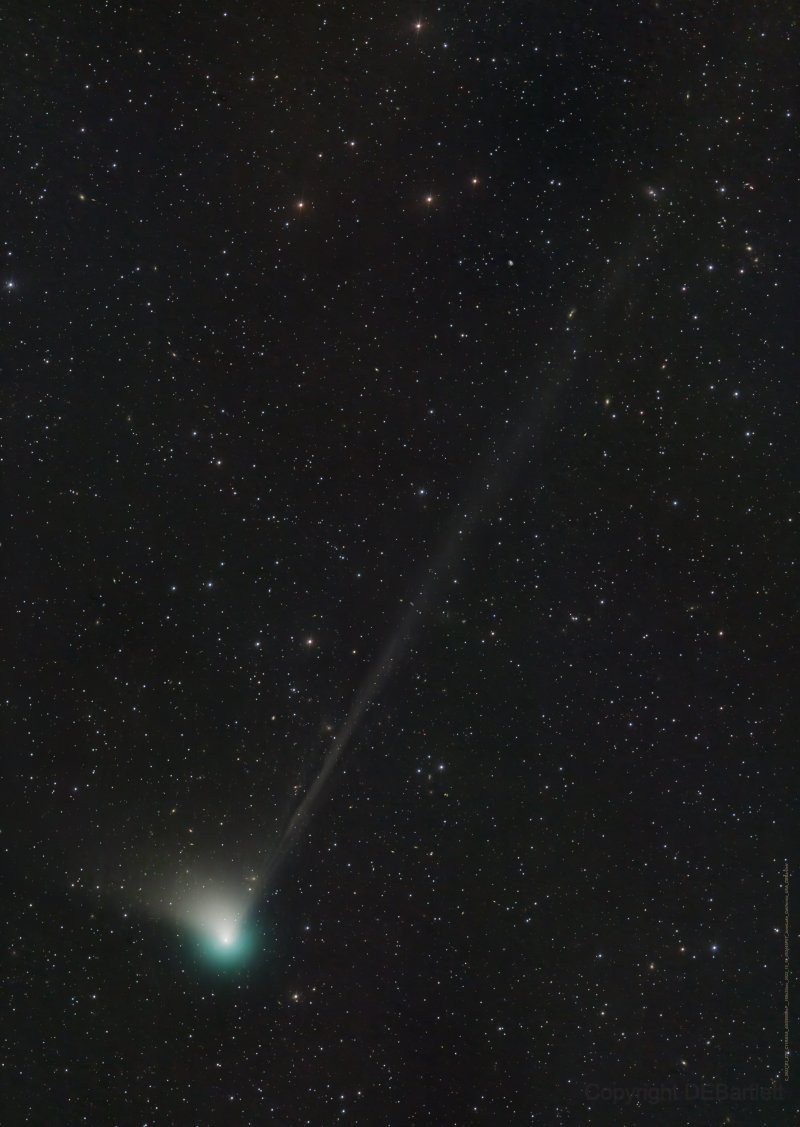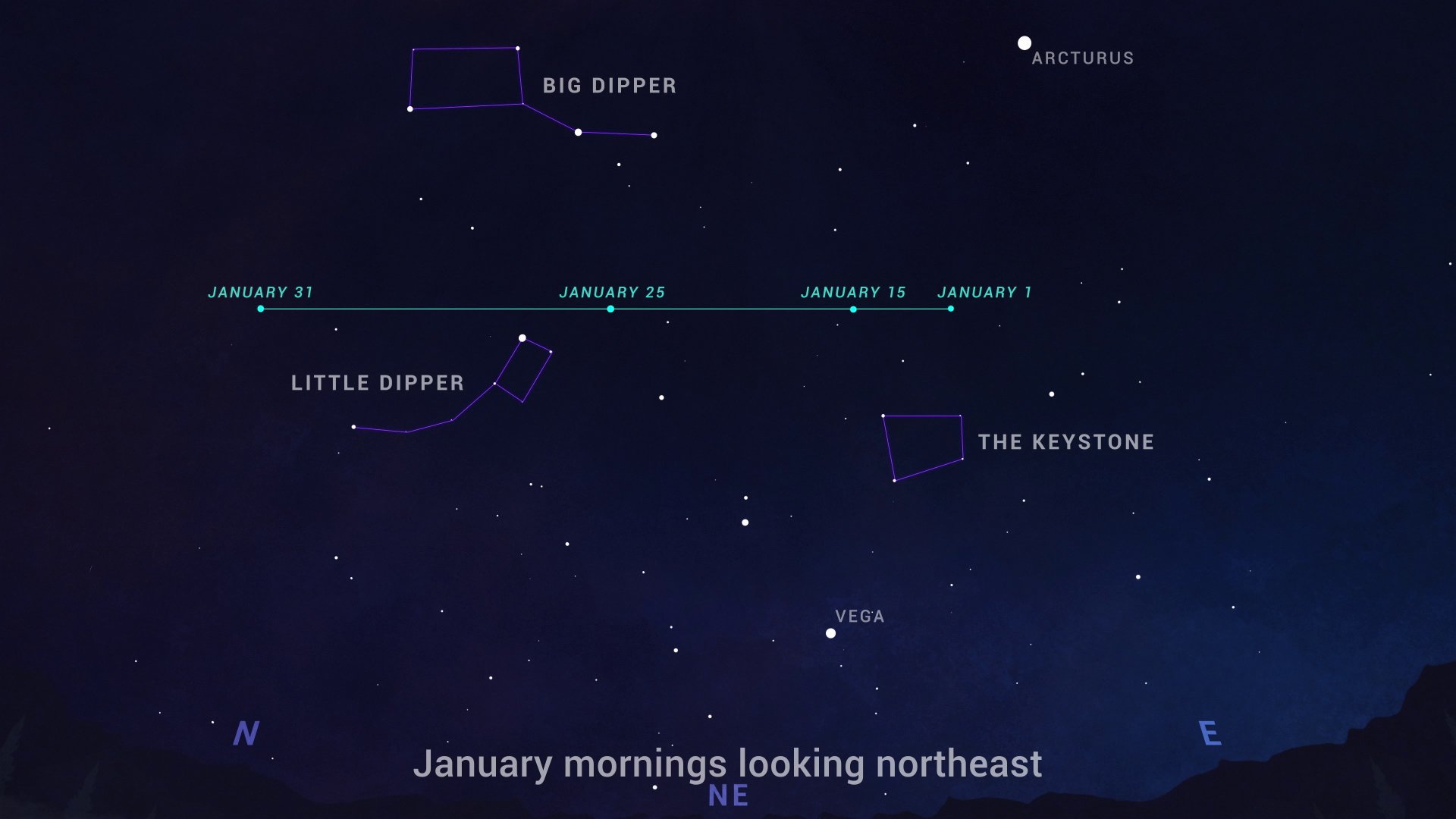A comet discovered in March 2022 by the Zwicky Transient Facility reached perihelion on January 12, its closest approach to the Sun. Currently visible as a 7th magnitude comet in the constellation Corona Borealis, it may brighten to naked-eye visibility over the next few weeks. Find out how to see it for yourself!
The comet, known as comet C/2022 E3 (ZTF), is expected to brighten over the next few weeks as it heads towards perigee - its closest approach to Earth - on February 1. But will we see it from Glassboro?
We've seen a lot of hype about this comet, and it's important to manage expectations. "Comets are like cats: they have tails, and they do precisely what they want," said famed comet hunter David H. Levy.
Comets are unpredictable and don't always behave the way we expect them to. However, C/2022 E3 (ZTF) is, so far, behaving predictably. From December to early January, comet C/2022 E3 (ZTF) has brightened considerably from a 9th magnitude object only visible through telescopes to a 7th magnitude object which may be visible through binoculars from a dark sky location. If it continues on this trajectory, the comet will brighten to around 6th magnitude, making it visible to the naked eye from dark skies.
What Will I See?
Assuming it becomes naked-eye visible, comet C/2022 E3 (ZTF) will not be as impressive as Comet NEOWISE was back in 2020. It will not have a long, bright dust tail like NEOWISE and will only be visible far away from light pollution - a big ask for those of us living on the East Coast. Instead, C/2022 E3 (ZTF) will probably look like a faint smudge in the northern sky. More details, like its greenish coma and its dust and ion tails, will become visible through telescopes and binoculars.

Comet C/2022 E3 (ZTF) through a telescope on December 19. Image Copyright Dan Bartlett.
Where should I look?
Currently, in the constellation of Corona Borealis, comet C/2022 E3 (ZTF) is high in the northern sky, visible most of the night. Over the next two weeks, as it makes its closest approach to us, it will move swiftly past the North Star, Polaris. Use the map below as a guide to help you out.

Image credit: NASA/JPL Caltech
We remain hopeful that this comet will brighten enough to become visible to the unaided eye over the next two weeks. Who knows - it may even have a few surprises in store for us! We'll be keeping our eyes on the skies and our fingers crossed.
Have you spotted the comet? Share your images and success stories with us on our social media @RUPlanetarium!